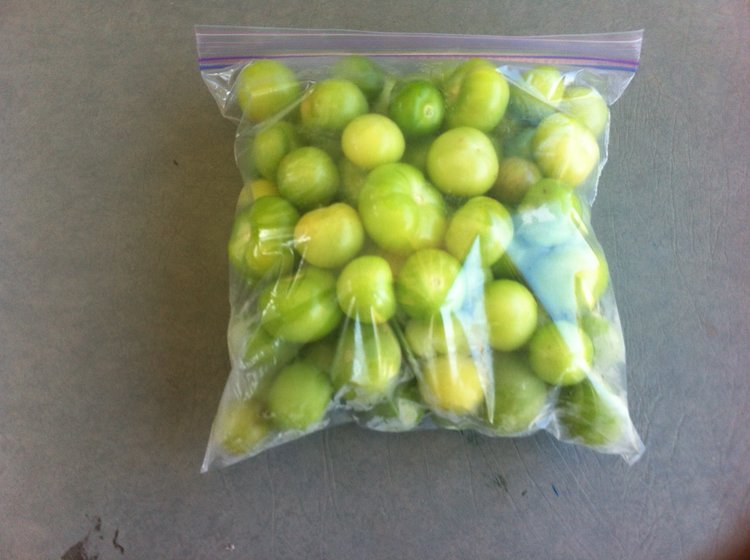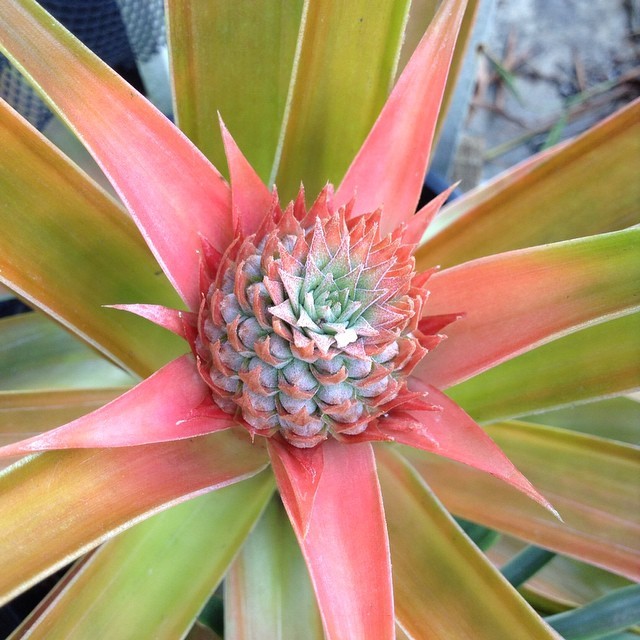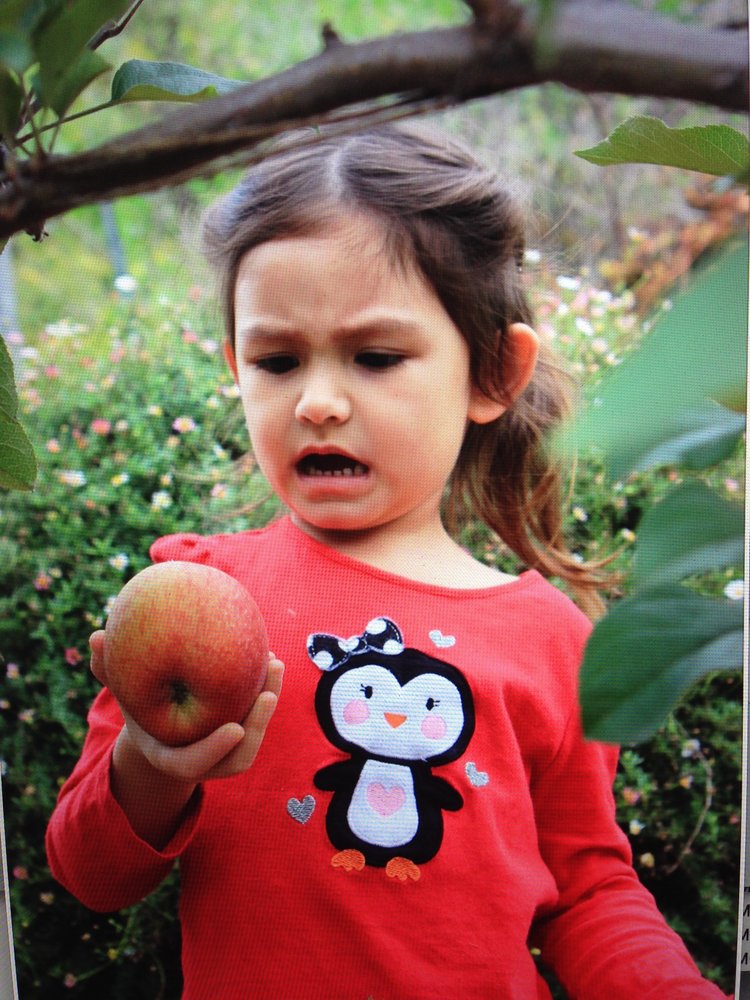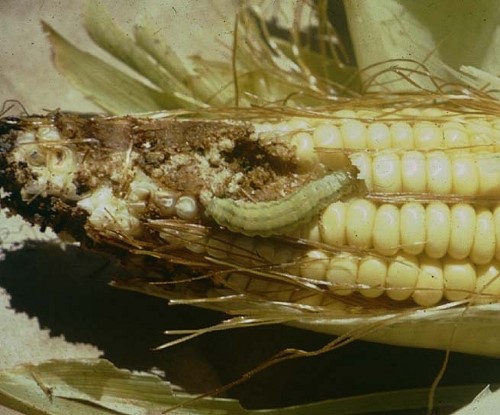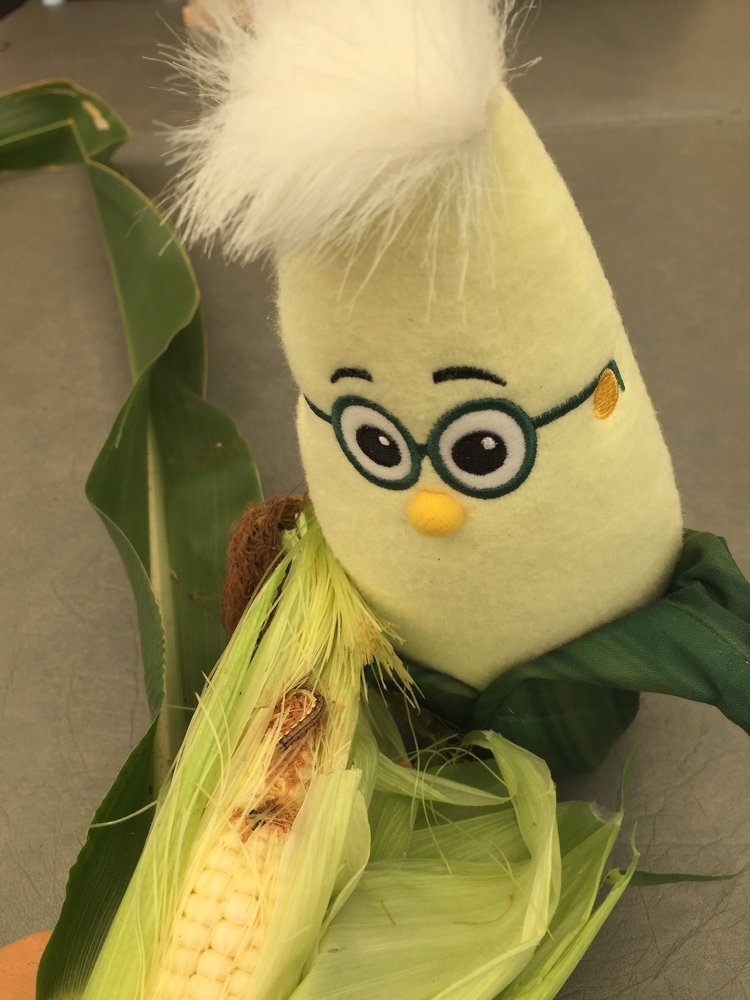-->
 |
| Kids at the original Woodstock event (Photo by Ric Manning, Wikimedia Commons) |
(This post originally appeared on the podcast site, POPagriculture, 5/23/19)
Did you know that 2019 marks the 50th anniversary
of Woodstock? There may be a 50th anniversary celebration this August in Watkins Glenn, NY, but it seems to have run
into some organizational issues.
The original Woodstock music festival was a defining moment
for those of us in the “Baby Boomer” generation. It highlighted the emerging
“counter-culture” thinking of the time about “sex, drugs, and rock and roll.”
There were also anti-war and environmental themes. I was only in junior high at
the time, so I just heard about Woodstock on the news and I remember seeing the
rather shocking pictures featured in Time Magazine. We all got to hear some of
the featured music on the radio from festival headliners including Jimi
Hendrix, Janis Joplin, the Grateful Dead, and Joe Cocker. Crosby Stills and
Nash performed the emblematic song titled “Woodstock,” and that major hit was
then featured on their 1970 LP “Déjà vu.”
The song, “Woodstock”, was actually written by the Canadian
artist, Joni Mitchell.
Joni has always been one of my favorites because she combines creative music
with profound poetry. Her lyrics certainly spoke to our generation’s concerns and
to our search for identity. If you haven’t heard the song in a while or if you’ve
never heard it you should really give it a listen. You can hear both Joni’s version and the
Crosby Stills and Nash version on YouTube.
The song spoke of meeting a “child of God” who was “walkin’
along the road” “goin’ down to Yasgur’s farm” to “join in a rock ‘n’ roll
band” and to “camp out on the
land” to get his “soul free.” It talked about going there “to lose the smog.”
And about “feeling like a cog in something turning.” The war allusion was, “I
dreamed I saw the bombers, riding shotgun in the sky, turning into butterflies
above our nation.” Joni even made what sounds like a climate change reference
with the line, “we are stardust, billion-year-old carbon.”
So, you may be wondering, “how is Steve going to connect this
bit of pop culture with agriculture?” That comes from the chorus of the
Woodstock song that ended with the line: “… and we’ve got to get ourselves back
to the garden.”
That desire to get “back to nature” was maybe one of the
better instincts from that era and still resonates today. There are many ways
to pursue the goal of getting in touch with nature, but I think that Joni was
“right on” with the whole garden thing. We may not have gotten to rock out with
the hippies at “Yasgur’s Farm,” but there are lots of benefits if we do “get
ourselves back to the garden,” and that’s what I’ll explore on today’s podcast!
Now gardening is a pursuit that goes back a long time before
Woodstock. After all, that was supposed to be Adam and Eve’s job in the “Garden
of Eden” in the ancient Genesis narrative! For millennia, people grew a lot of
their own food, and not just those who were full time farmers.
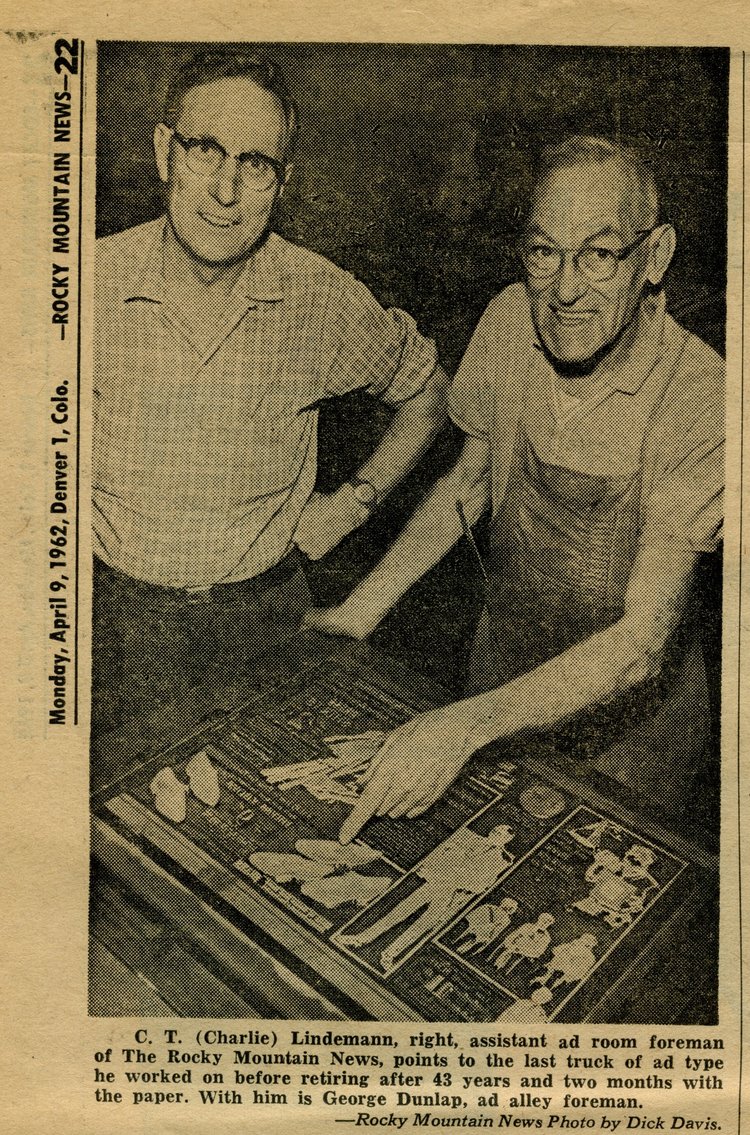 |
My grandpa retired in 1962 and became an even more serious
gardener.
I had a happy introduction to the joys of gardening,
courtesy of my beloved grandfather. He was a WWI vet who took seriously the
WWII era challenge to grow a “Victory Garden” to support the war effort. From
early childhood, I got to help Grandpa with his garden, and I’m sure those
memories are part of why I have always gardened in the various places I and my
family have lived over the years.
Its not like many people in the “rich world” today need to
garden to eat. We have the privilege of a remarkable, diverse, tasty and affordable
food supply. I’ve observed the
steady improvement of the store-available food since the days of Woodstock,
particularly when it comes to the fresh produce options, whole grains and other
healthy choices.
But there are still a lot of great reasons to garden. Today it
is popular to talk about “urban farming.” I’d argue that is essentially still
“gardening.” I’d rather reserve the title of “farmer” for someone for whom growing
things represents a significant part of their income, but whether it’s called
urban farming or gardening, it’s a good thing.
A good day's harvest from my garden a couple of years ago |
Even when I had 25 grapevines in the back yard I still considered it gardening
|
I believe there are lots of good reasons to grow things,
whether that involves a sizable part of a suburban yard or just some pots on
the apartment or condo balcony. So, here is a “click bait” kind of title for
today’s segment: “Seven Great Reasons to Get Ourselves Back to the Garden.”
1. Gardening can be a nice break from our indoor lives.
I’m sure that a lot of my listeners
are like me in that our day-to-day work involves a lot of time sitting at a
desk and looking at a screen. It’s great to have a change of pace, get outside
to enjoy the sun, get our hands dirty, and maybe do a little physical work. I’m
lucky enough to work from home so I can use time in the garden as a sanity
break.
2. There is satisfaction in “doing it yourself.”
It’s fun to be able to say, “I grew
this!” Your garden production doesn’t have to make a significant contribution
to your food supply to get that pleasure. For instance, we may never grow our
own wheat for bread or many other staple foods, but that does not diminish the
fun for what we can produce.
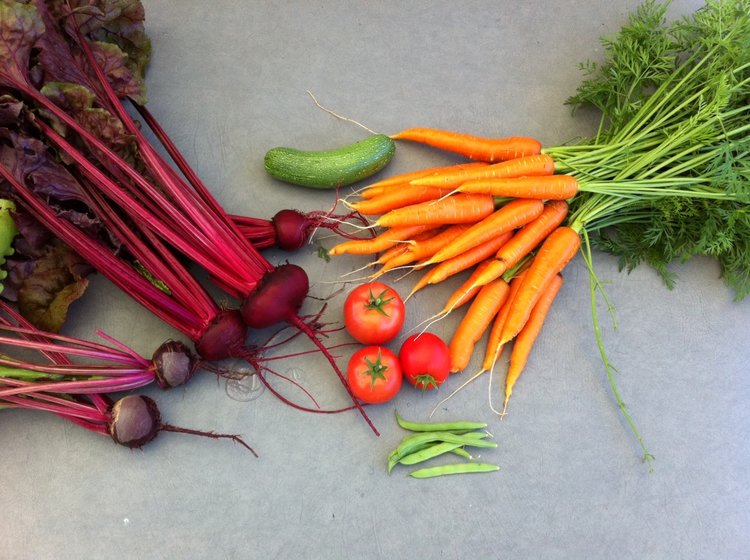 |
| A good days harvest from my garden a couple of years ago |
3. Gardening is an excellent opportunity to teach kids about
where food comes from.
As our society becomes ever more
urbanized, we have generations of kids who have no experience other than seeing
food bought from stores or restaurants. That’s not a good thing for many
reasons, but it is really fun to see the wonder that a child can experience
when they can actually watch something grow and then enjoy eating it. Again,
this upside does not require homegrown produce to be any significant part of
their diet, just that they see how food is grown and/or maybe get their hands a
little dirty helping you in the garden. My kids enjoyed helping and now I
sometimes get to provide that perspective with my grand kids who are growing up
in very urban London. For the text version of this segment, there is one of my
all-time favorite pictures that shows the expression on the face of my then 4-year-old
granddaughter when she picked her first apple.
c
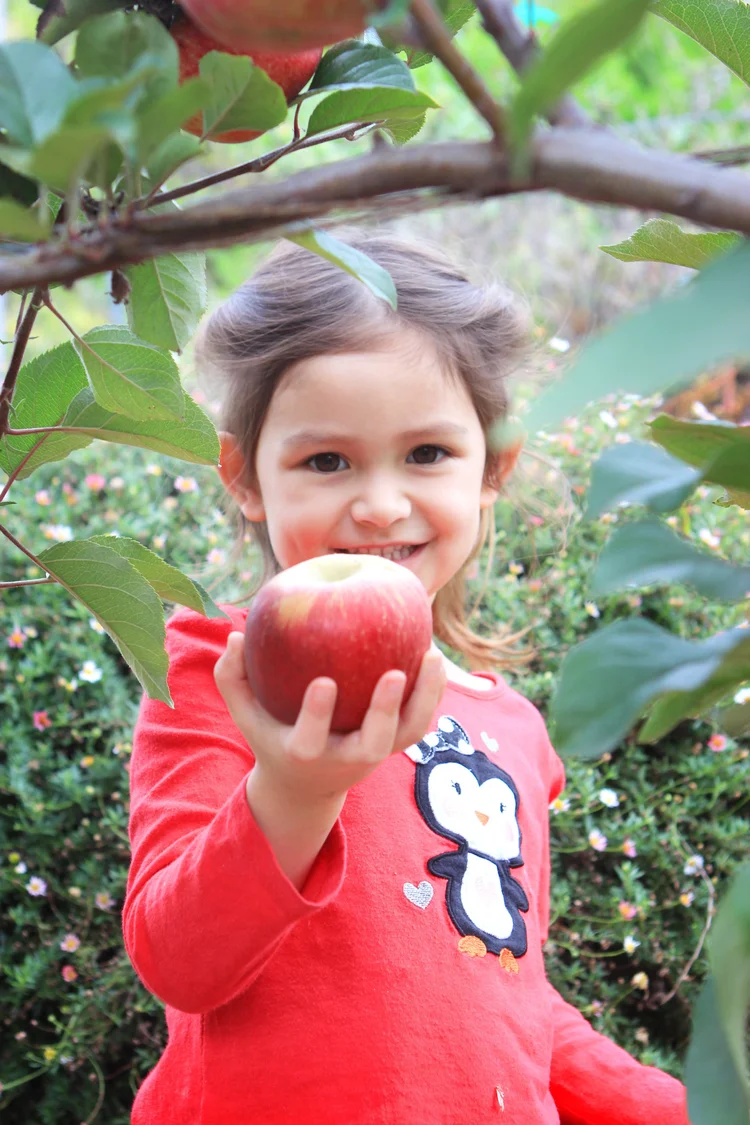 |
| My grand daughter picking an apple in my yard |
My little backyard tree was no
great specimen, which I can partially excuse by the fact that apples are not
well-adapted to Southern California. Still, it was worth growing it if only to
give her that one particular childhood experience.
4. Gardening allows us to have something special to share
with others.
One experience that gardening teaches us is that when growing things,
you sometimes end up with way more than you can handle or consume. You might be
able to deal with that by canning, drying or freezing. I remember that Grandpa
always seemed to have lots to share with us and he was such a serious gardener
that he provided a lot for his neighbors. If you’ve ever grown zucchini squash,
you may have had those times when the crop grows way faster than you even want
or need to work into your meals.
--> -->
 |
| My Grandpa out in his garden
Grandpa used to joke that during peak zucchini season he would put a bag of the squash at a neighbor’s door, ring the doorbell and slip away so they couldn’t turn it down! I never had to do that, but I definitely had times when I wasn’t keeping up on the squash harvest and some became three foot long “pool toys” for my kids. We used to have a fig tree in the yard and when those became ripe, we had far more than we could eat. We had friends and family members, however, who love figs and who were thrilled to get that treat.
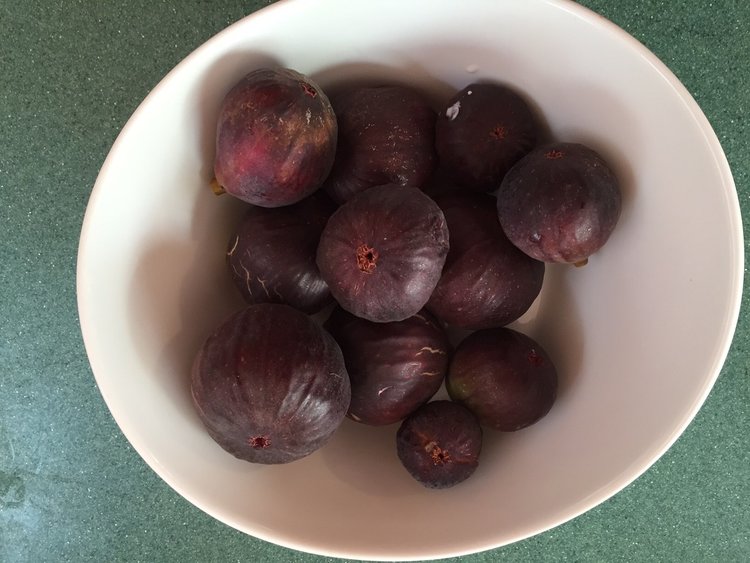 |
5. A garden can be a way to get certain treats that aren’t generally available to buy.
Now as I said earlier, food choices that are available in modern, U.S. grocery stores are remarkable. There is a whole POPagriculture podcast about that topic titled, “An Apple a Day.” But even so, there are many really interesting and tasty crops that are either too delicate to make it to a store or not known well enough to represent a market. A garden can provide some real treats of that nature.
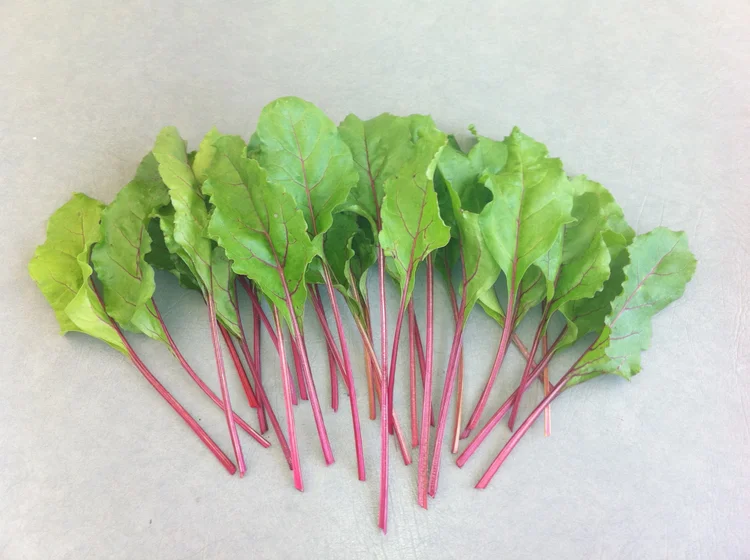
For instance, I like to grow beets specifically for the leafy tops. That particular option isn’t all that available in great condition in the store.
Recently I found a local nursery that specializes in tropical plants and I bought a lychee tree and a dragon fruit tree. I’m spoiled enough to live in a frost-free location where those specimens might just survive in my care and provide some options, that at least for now, rarely show up in stores. I also like to grow some lettuce plants and then harvest it by the leaf, just enough for the salad that night so that it is super fresh.

Now, “bagged salad” is definitely a nice option in stores today, but it’s just fun to supplement my salad until it gets too warm here and my lettuce goes to seed and becomes very bitter. Wherever you live, you might check with the local “Master Gardener” groups to see what backyard specialties you might be able to grow.
6. A garden can give you options to do something “green” with unavoidable food waste.
If you consume a lot of fresh produce, there are the parts that have to be trimmed off, husked, or peeled. If your local waste treatment plant does anaerobic digestion, the “greenest” thing you can do is send it down the disposal. What you really don’t want to do is send something like this plant waste into the landfill. As a gardener, you can have a “worm box” or maybe a small compost pile to recycle these materials. If nothing else, you can just bury it in the garden to let it decay and return to the soil. For instance, I like to fertilize things in my garden with my coffee grounds.
7. Gardening can help us to better appreciate what farmers do for the rest of us.
I’ve left what I consider to be the best reason to garden until last. In the modern, developed world, only a tiny subset of our population is directly involved in food production. While that is great because it allows most of us to pursue other fulfilling vocations, it separates us as consumers from the realities faced by those who do produce food. Even worse, we can drift into a sort of “armchair quarterback” stance in our thinking about how we think farmers should do their job. It doesn’t help that farmers are often the subject of seriously unfair and misleading narratives in the press, in the agendas of some activist groups, or on social media. As a non-farmer who got to spend my career with some connection to farmers, I got into blogging because I was so troubled by the misinformation out there about who farmers are, what they do and what they care about. I would encourage people to participate in some farm tours or agro-tourism to get themselves a somewhat more balanced view. If you can’t go to a farm yourself, gardening is a remedy for this sort of possible blind spot and can give you a bit more perspective on the many challenges and benefits to growing food.
Lots of things can go wrong in the life of a food crop and if you garden you are likely to experience at least some of those challenges – just without the potentially catastrophic economic effects faced by farmers. There can be damaging weather events like hail, frost, heat waves or drought and those will show a gardener just how delicate a plant might be vs the ravages of nature.
The other harsh reality of nature that a gardener is likely to experience has to do with pests. You might have the only local specimen of some kind of plant in your garden or on your balcony, but it is amazing how specific insects and diseases can find your crop and mess it up.
If you go to your local garden supply store, you can get some products to help you safely manage these pests. There are certainly not as many advanced options as are available to farmers or others with the appropriate certifications based on extensive training, but there are options that will work for you. You might want to check to see if there is any local guidance available to you through a Master Gardeners group or your state Cooperative Extension agents.
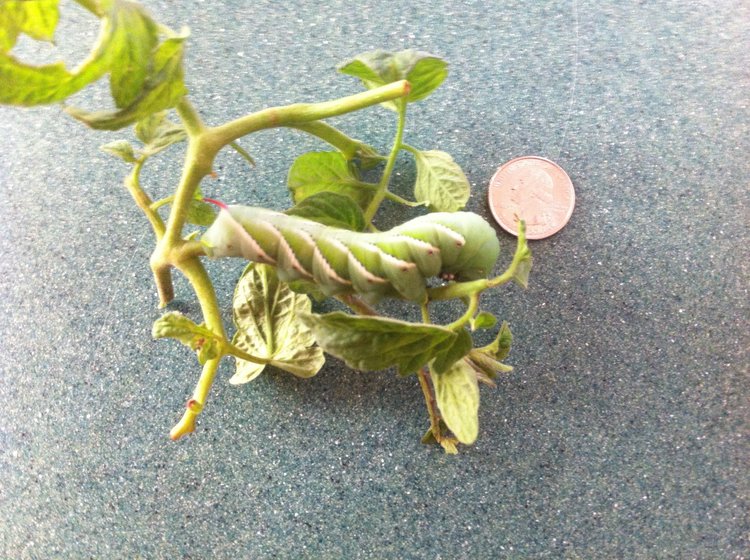
One thing I really wish I could buy for my garden would be “GMO” sweet corn. There is usually nice sweet corn available in stores, but it would be fun to grow and it is a crop that can be grown just about anywhere at least some time during the year. Also, my grandpa used to grow sweet corn back in the days when you really had to cook it almost immediately after picking to keep it from going starchy. Breeding advances have turned that into a store-ready crop, but I’d like to grow it for nostalgic purposes, thinking back to the days when Grandpa would say, “Get the water boiling and then I’ll pick some corn.”
There are some nasty “worms” that eat their way into the ears of corn from the tassel end, and its really gross to start husking the corn where instead of finding nice kernels, there is a wriggling caterpillar in its frass (read “bug poop”). Farmers, including organic farmers, have been spraying a biocontrol bacterium called Bt since well before Woodstock, but for that to work you have to re-apply it every few days. Sweet corn hybrids exist that have been engineered to make their own Bt protein, so they might never need to be sprayed. That elegant and environmentally friendly option has been almost completely denied to farmers and certainly to gardeners because of anti-GMO phobia and the related brand protectionism in food retail. I really wish that wasn’t the case – more for the farmers than for me and other gardeners.
Sometimes, however, I do see some great pest management options available to consumer gardeners. For instance, I’ve purchased tomato plants at the local nursery, which were grafted on to pest resistant “rootstocks.” Often the “heirloom” tomato varieties that we gardeners like to grow are really wimpy when it comes to dealing with soil-borne diseases and nematodes, but if they are on a robust, resistant rootstock they will do much better.
Now, a gardener is likely to accept a much higher level of “cosmetic” pest damage on their own produce than they would in the store, but seeing what pests can do to plants is a good education and hopefully something that generates some perspective about what farmers have to deal with as they manage pest challenges on a much larger scale. A gardener might sometimes get by without any real pest issue, particularly on a quickly growing crop. The same is true when farmers get lucky in a given season. Still, a gardener is likely to get a dose of reality about the fact that nature includes many organisms that like to compete with us for the crops and food that we need someone to produce.
So, whether you want to go to the 50th anniversary version of Woodstock this summer or not, there are still lots of good reasons to want to “get ourselves back to the garden.”
|
